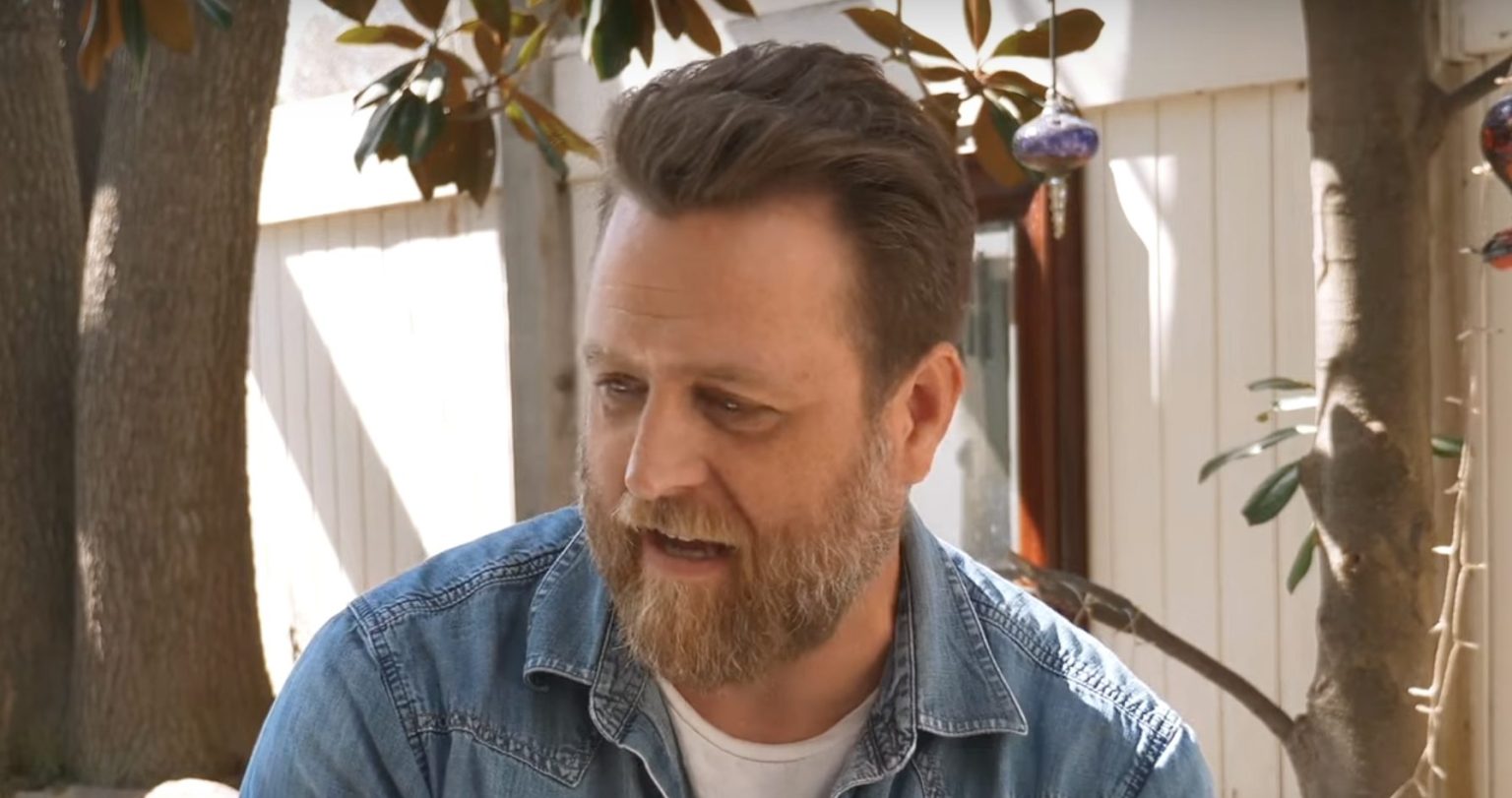I recently discovered what might be the most lucrative service business you’ve never heard of – and it started with just $300 worth of “goo.” When Ty’s wife questioned his purchase, little did she know it would become the foundation of a business that now generates $1.3 million annually with impressive 65-70% profit margins.
This business model is fascinating because it addresses a common but overlooked problem. Homeowners facing costly wood replacements often don’t realize there’s an alternative to save them up to 90% of replacement costs. The concept is brilliantly simple: instead of replacing rotted wood, Ty’s company, Preserving, repairs and restores it using specialized epoxy resin.
The numbers are staggering. In one case, a homeowner was quoted $250,000 for replacement but solved their problem for just $3,000. Another customer faced a $67,000 bill for a single window replacement that Preserving fixed for a fraction of the cost.
A Business Model Built on Massive Value
What struck me most about this business is the perfect alignment of interests. Everyone wins in this model:
- Homeowners save thousands (sometimes hundreds of thousands) of dollars
- The business maintains 65-70% profit margins
- Technicians earn above-average wages ($25+ per hour)
- The environmental impact is reduced by avoiding unnecessary replacements
The service fills a gap most people don’t even know exists. Ty explained, “Most people don’t know this is an option, but once they do, it’s a no-brainer.” This creates a unique market position where competition is minimal despite high demand.
The Technical Process: Simpler Than You’d Think
The restoration process is surprisingly straightforward. First, technicians remove rotted wood and drill holes to inject a liquid epoxy resin that absorbs into the wood fibers, hardening them. Then they apply a filler to rebuild the missing sections. After sanding and painting, the repair is often stronger than the original wood and virtually undetectable.
Most projects take just two days – one day for application and a second for sanding, shaping, and painting. The simplicity of the process means overhead costs remain low, with no need for large facilities, expensive equipment, or large teams.
“We’re not comparing apples to apples. We’re apples to oranges. So we’re able to pay our technicians some of the top wages… It’s a win-win. Our neighbor is saving thousands of dollars. Our business is making really healthy margins.”
From $300 to a Franchise Empire
What began with Ty fixing a window in his hundred-year-old garage has expanded to 15 locations across the United States with a team of around 50 people. Last year alone, they saved customers over $20 million, with lifetime savings crossing the $50 million mark.
The business operates with remarkably low overhead. Each technician works from a compact vehicle (either a Kia Soul or a hybrid Maverick) containing all the tools and materials needed. There’s no requirement for a physical location, and the specialized epoxy product (Everresin) can’t be purchased off the shelf at home centers.
If they follow the system, first-year franchisees can expect to generate around $300,000 in revenue with mid-60% gross profit margins. The typical marketing budget is modest, at $3,000-$3,500 per month, primarily spent on Meta ads and some direct mail.
The Mindset That Makes It Work
Beyond the business model, I was impressed by Ty’s philosophy. He refers to customers as “neighbors” – a practice that began when he worked for people in his neighborhood. This perspective transformed how he approached service quality and accountability.
When faced with a challenging project, Ty encountered the homeowner at a local grocery store. Instead of avoiding her, he confronted the situation head-on: “That’s not who I am. That’s not the business I’m going to have.” This commitment to treating customers like neighbors has become central to the company’s culture.
Ty emphasizes the importance of focus for those considering entrepreneurship: “Stay in your lane… Master something, go deep with it.” This approach helped him transform from a general contractor who would take any job to a specialized expert commanding premium rates for a unique service.
The wood restoration business represents a perfect storm of opportunity—high demand, low competition, simple operations, and massive customer value. It reminds us that sometimes the most profitable businesses aren’t the flashiest or most obvious but those that solve real problems in ways others have overlooked.
Frequently Asked Questions
Q: What types of wood structures can be repaired with this method?
The epoxy resin system can repair virtually any wooden structure, including windows, doors, trim, siding, decks, and more. The technique is particularly valuable for historic or high-quality wood windows and doors with extremely high replacement costs.
Q: How long do these epoxy repairs last compared to replacement?
According to Ty, the epoxy repairs often make the wood more complicated and more durable than it was originally. The chemical bond between the liquid epoxy and filler creates a permanent repair that can last for decades when properly painted and maintained.
Q: What are the startup costs for someone interested in this business?
While Ty started with just $300 worth of epoxy, launching a proper business or franchise requires more investment. Franchisees benefit from established systems and SBA loan options. The low overhead (no facility needed, compact vehicles, minimal equipment) makes this more accessible than many service businesses.
Q: Is this business seasonal or can it operate year-round?
While not explicitly stated in the interview, the business operates year-round. The work can be done on both exterior and interior wood elements, allowing for consistent revenue throughout the seasons. The company provides stability to both residential (70%) and commercial (30%) clients.
Q: What differentiates this business from general contractors offering repair services?
The key difference is specialization and a proprietary product. Preserving uses a custom epoxy system (Everresin) that isn’t available to general contractors. Their focused expertise allows them to offer a specific solution that’s far more cost-effective than replacement, creating a unique market position with minimal direct competition.







